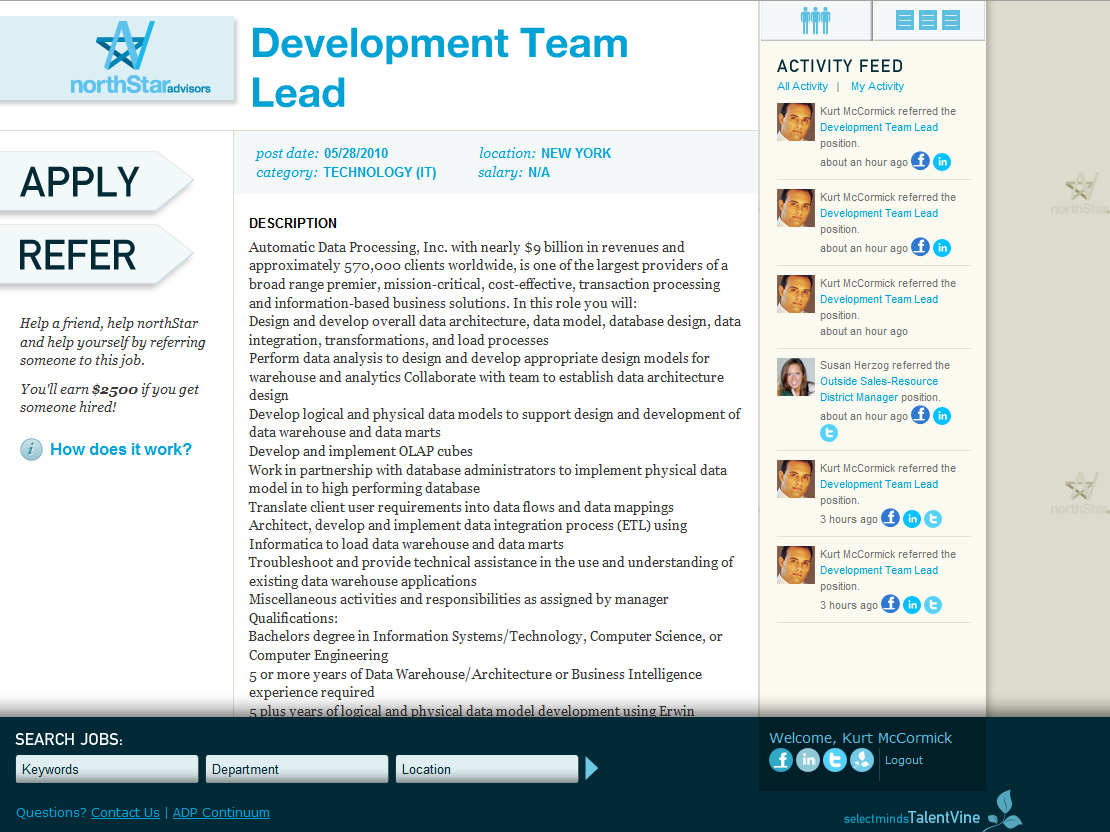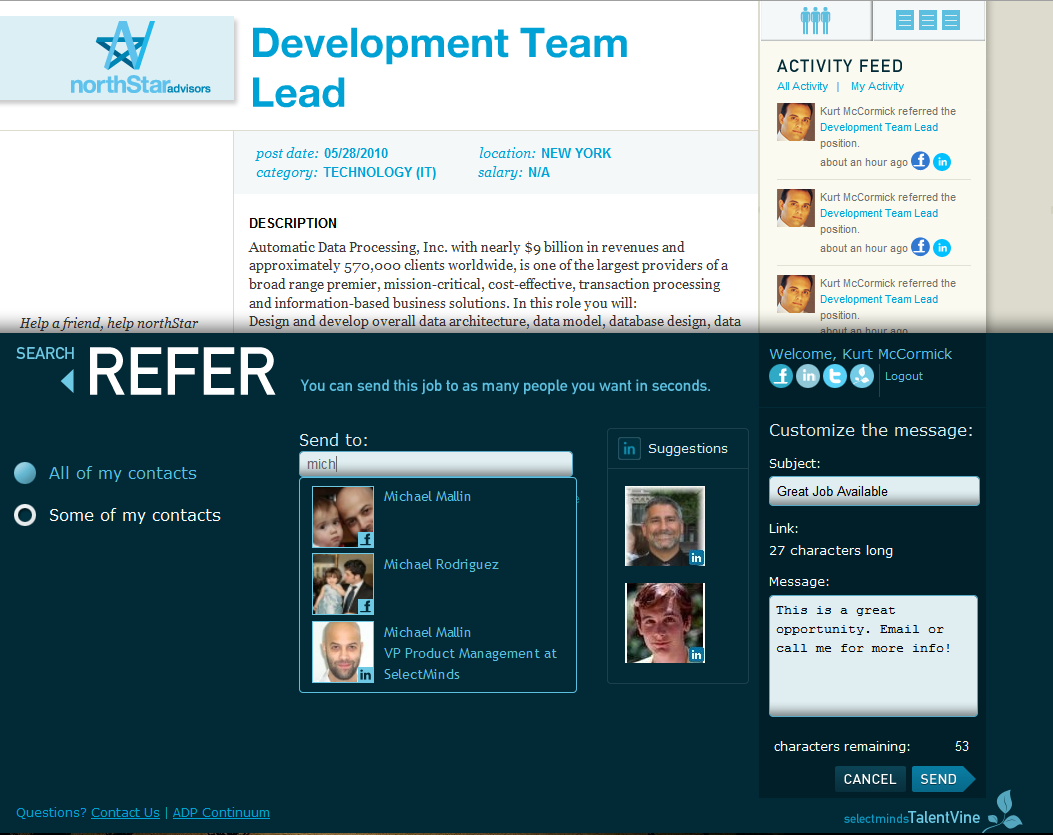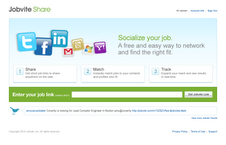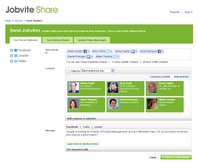TalentVine - Combining Old and New
Quick - what source has consistently been demonstrated to be most organization's best source of good, qualified candidates?
No, it is not Craigslist.
Of course it is employee referrals. But you knew that. Everyone knows that, right?
Here is another question - what has been for the last two or so years been the most talked about, dissected, and analyzed development in corporate recruiting?
No, it is still not Craigslist.
It's 'Social Recruiting'. Broadly defined as leveraging the wide variety of social networks like LinkedIn, Twitter, and Facebook (as well as others), to advertise jobs, define and communicate the employer brand, to develop communities of potential candidates, and to help build a robust pipeline of talent.
But unlike employee referrals that have a track record of delivering good candidates and high performing employees, in many respects the jury is still out on social recruiting. Just as many well-made arguments can be made advocating its adoption as a necessity for the modern recruiter as can be made that is not much more than a fad, and the buzz will eventually wear off, and recruiters will return their focus to strategies that have previously been shown to work effectively.
Like employee referral programs.
What I like about TalentVine, a new product from SelectMinds, is that it builds upon and improves a traditional employee referral program by introducing highly configurable and powerful integration with social networks.
Essentially here is how the solution works:
1. Available positions are scraped from the company website (or other sources) into TalentVine.
2. Automated and ad-hoc email notifications are sent to current employees informing them of specific jobs that they may want to refer to their friends and business contacts. For example recruiters can forward engineering jobs to all or some of the company's engineers, or send an email with links and information about a particularly important or 'hard to fill' job to the entire organization.
3. Simple, yet powerful integration with the three big social networks, LinkedIn, Facebook, and Twitter enables employees to share job opportunities to some or even all of their contacts. TalentVine possesses internal logic to help an employee try and find the 'best fit' for the position from among the employee's social network contacts.
possesses internal logic to help an employee try and find the 'best fit' for the position from among the employee's social network contacts.
4. Candidate details are captured in TalentVine - contacts that see the referral can click the unique, trackable link, see the job details in TalentVine, and either choose to apply, or even forward to some of their contacts. Recruiters can see the history of a referral as it progresses from and through social networking chains.
5. Referral program management is supported. Companies can configure the referral bonus amounts and ensure that top referrers and sources are identified.
6. Tracking - TalentVine keeps track of the referrals sent, referrals forwarded, links clicked, and applications received. Insights can be gleaned as to the most effective referrers and the networks likely to produce the best candidates.
Throughout the solution, the navigation links and visual cues are interesting and well-designed. Large and attractive design elements add to an easy and almost fun user experience. In fact, of the numerous enterprise and corporate systems I have seen lately, TalentVine looks and feels the least 'enterprisey'. That is a strength.
Organizations that are looking for methods to strengthen their existing referral programs, or seeking ways to empower more of the organization's employees to tap into their personal and professional networks would be advised to take a look at TalentVine. Combining a classic and successful recruiting approach with the latest capabilities and potential of leveraging social networks for recruiting is an innovative and interesting combination.

 Steve
Steve





